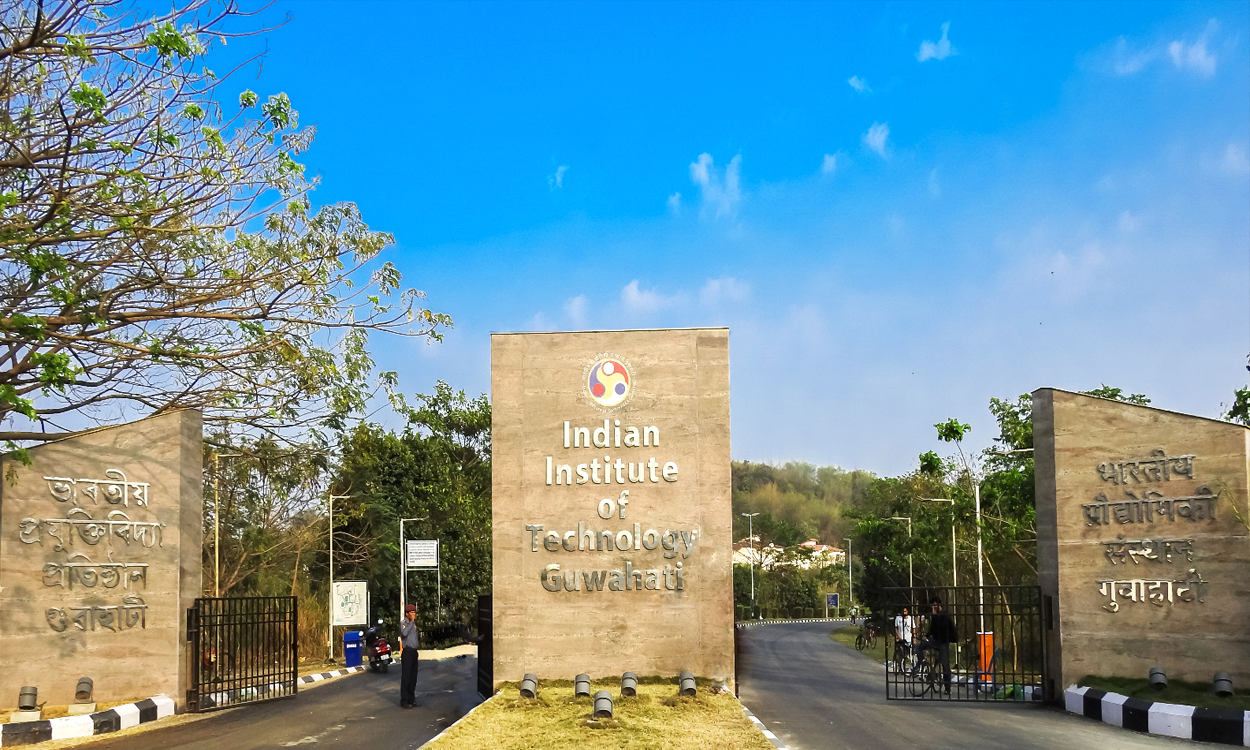
IIT-Guwahati Researchers have developed a biodegradable and biocompatible silk hydrogel system that can be deployed easily near the surface tumor site through minimally invasive injection.
JUL 10, 2020 | BY RATNESHWAR THAKUR
Researchers at the Indian Institute of Technology Guwahati (IITG) have developed a biodegradable and biocompatible silk hydrogel system that can be deployed easily near the surface tumor site through minimally invasive injection. The findings, published in the journal ACS Appl. Mater. Interfaces, may help to improve the quality of life and enhance patient compliance for chemotherapy.
In cancer chemotherapy, the anticancer drug is directly injected in the vein. This procedure causes the highly cytotoxic drug molecules to circulate all over the body and kill both healthy and cancer cells without discrimination. It also brings numerous systemic side effects, including hair loss, fertility issues, low blood count, loss of appetite, fatigue, etc., to the patients. To reduce systemic side effects, the retention and accumulation of anticancer drugs at the tumor site is necessary.
Scientists believe that localized drug delivery approach - wherein the anticancer drug could be loaded to a reservoir and implanted locally near the tumor, may ameliorate this problem. However, uncontrolled drug release behavior and the use of synthetic material are the major limitations of such strategies. These shortcomings in the field prompted researchers at IIT Guwahati to develop an externally controllable injectable hydrogel for localized and targeted drug delivery systems.
According to this study, most existing anticancer drugs can be incorporated in this newly developed hydrogel system, and the incorporated drug can be triggered to release in a sustained manner through external stimuli application, thus manifesting enhanced tumor suppression with minimal side effects.
Researchers say the novelty lies in the minimum invasive and affordable injectable silk hydrogel itself. The controlled gelation occurs by blending two silk proteins, which form the hydrogel network due to the inherent hydrophobicities of the proteins, shunning the need for any chemical/ physical gelators.
To this silk hydrogel, Mandal’s team incorporated CNTs (carbon nanotubes), which serve as nano-cargoes for housing the anticancer drug. “We used CNTs in two manners. Firstly, we modified the CNTs to tag it with a cancer cell targeting molecules (folic acid). Most cancer cells overexpress folic acid receptors on their surface, and thus targeting this receptor would enable us to selectively deliver our drug cargo to the cancer cells alone. Secondly, CNTs are sensitive to near-infrared (NIR) laser and electric field. Thus by applying the NIR laser and electric field, we found that the release of drugs from silk hydrogel can be triggered. It is pertinent to note that the applied electric field (current) and NIR laser intensity does not affect the human tissue in any manner, but only stimulates the CNTs,” explained to SciSoup, Ankit Gangrade, first author in this study.
The research team included Ankit Gangrade, Basveshwar Gawali, Praveen Kumar Jadi, Vegi G. M. Naidu, and Biman B. Mandal.
Journal Reference:
Photo-Electro Active Nanocomposite Silk Hydrogel for Spatiotemporal Controlled Release of Chemotherapeutics: An In Vivo Approach toward Suppressing Solid Tumor Growth.
Acknowledgement and Disclaimer:
Author claims no competing interest. The report is prepared on the basis of inputs provided by the research team.

“Secondly, we believe that the reduced systemic side effects would improve the quality of life and enhance patient compliance for chemotherapy,” he added.